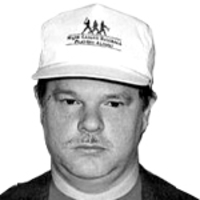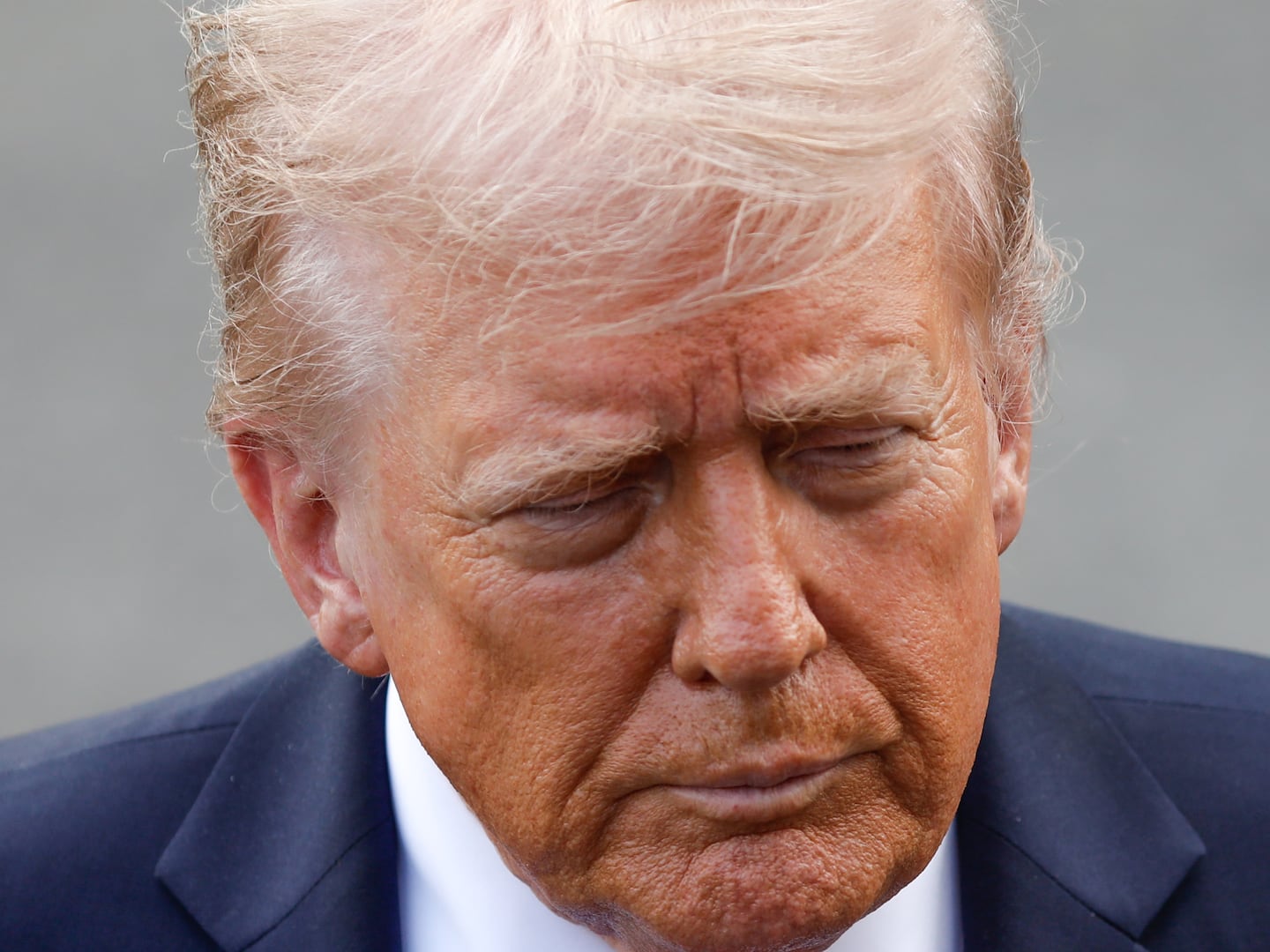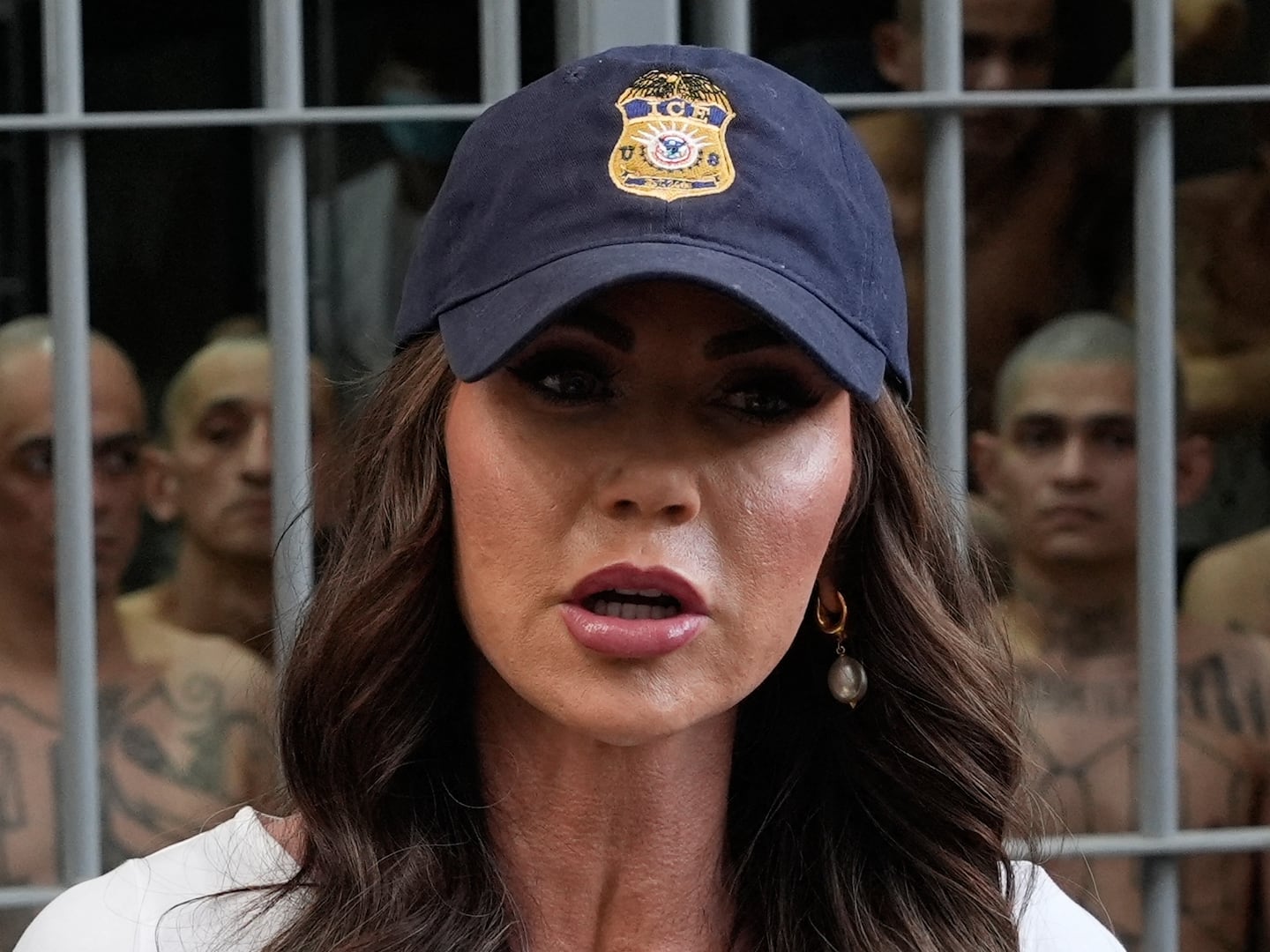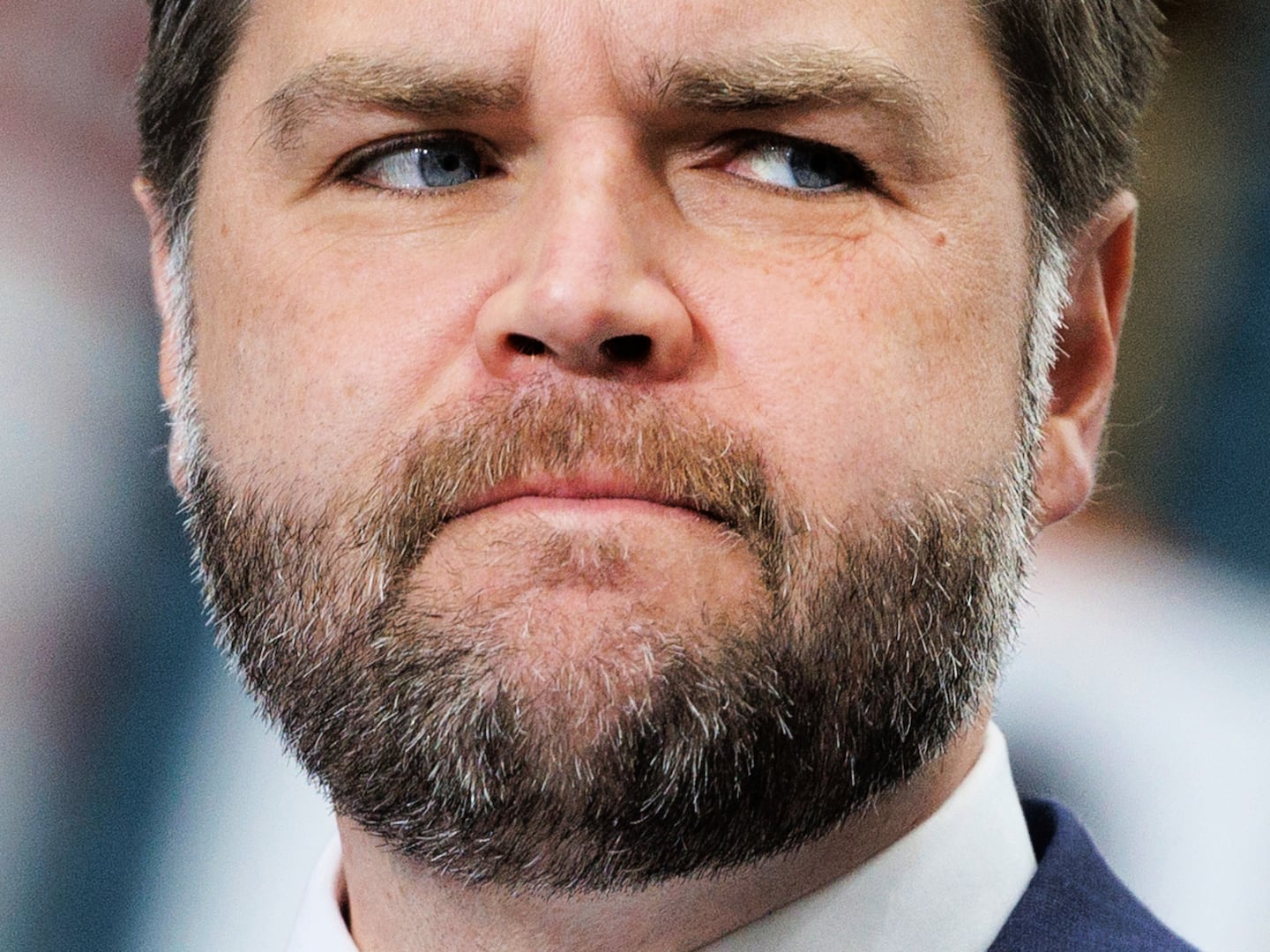As the light industry of books on Ernest Hemingway continue to spill over into the 21st century, we now know everything about the most famous American writer except why we still read him.
Many of Hemingway’s contemporaries—Sherwood Anderson, Thomas Wolfe, Sinclair Lewis—have faded into the twilight realm of the praised but unread while Hemingway is alive and well on the syllabuses of colleges and even high schools. We’ve had studies of his prose style, Hemingway’s Laboratory by Milton Cohen (2012); his war service, The Ambulance Drivers: Hemingway, Dos Passos and a Friendship Made and Lost During World War I (2017) by John McGrath Morris; his boat, Hemingway’s Boat: Everything He Loved in Life and Lost by Paul Hendrickson (2011); his final trip to Spain, Looking for Hemingway by Tony Castro (2016); and collections of his letters, though he told a biographer of F. Scott Fitzgerald, “I write letters because it is fun to get letters back, not for posterity. What the hell is posterity, anyway?” (Bullshit, of course; if he wasn’t trying to shape his own posterity, why save all the letters?)
This year there are three more Hemingway volumes. Autumn in Venice: Hemingway and His Last Muse by Andrea Di Robilant is a fascinating story about Hemingway’s love of Venice and the affair he had there with a young woman thirty years his junior.
September saw the publication of Mary V. Dearborn’s excellent Ernest Hemingway: A Biography (the first Hemingway bio written by a woman) in paperback. And in October, there was Artifacts from a Life by Michael Katakis, a sort of picture book of his life put together by the steward of the estate.
F. Scott Fitzgerald famously said that there were no second acts in American life, which his own comebacks have disproved. Whether or not that’s true for Hemingway we don’t know. He’s gone out of fashion, but never out of print—he’s too popular to be fashionable.
Reviewing the 1977 film version of Islands in the Stream, Pauline Kael wrote, “There may be a time for a Hemingway revival, but this isn’t it. His themes don’t link with our preoccupations and… the movie version of his posthumous novel seems to belong to another age.” Kael was right, but she missed something: Another age is precisely why many still read Hemingway.
In the ’80s, writes Mary Dearborn in her richly detailed biography, “Hemingway and his place in the Western literary tradition came under full-on attack, as readers, scholars, urgently questioned what ‘dead white males’ like Hemingway have to say to us in a multicultural era that no longer accords them automatic priority. The so-called Hemingway code—a tough, stoic approach to life that seemingly substitutes physical courage … for other forms of accomplishments—increasingly looked insular and tiresomely macho.”
In the recent film adaptation of Ray Bradbury’s Fahrenheit 451, Michael Shannon’s book burner says with a smirk, as he picks up a Hemingway novel, “The feminists got to him.” But dead white male-ism survives—it elected our current president.
In the 21st century, thanks to movies, his image is more with us than ever. In Midnight in Paris (2011) Corey Stoll conjures an uncanny likeness of the mid-’20s Hemingway with a boost from Woody Allen’s spot-on dialogue: “It was a good book because it was an honest book, and that’s what war does to men. There’s nothing fine and noble about dying in the mud unless you die gracefully. And then it’s not only noble but brave.”
And: “No subject is terrible if the story is true, if the prose is clean and honest, and if it affirms courage and grace under pressure.”
The next year HBO aired Philip Kaufman’s Hemingway and Gellhorn, about Papa’s tempestuous relationship with his third wife, the journalist and war correspondent Martha Gellhorn. Nicole Kidman gives a powerhouse performance as the only one of Hemingway’s four wives who was a match for him in intelligence and temperament, and Clive Owen is the most complete and nuanced of the numerous cinematic Hemingways (though Dominic West delivers a vivid cameo in Genius, a film bio of the remarkable editor Max Perkins).
Hemingway the man, though, is pretty much cut down to size by Dearborn’s biography. Long before a subdural hematoma suffered in a 1944 auto accident, after which his alcohol-fueled behavior became increasingly irrational, Hemingway was a bully, braggart, and myth-monger. He was also, despite his lifelong flirtation with leftist politics, a bit of a fascist, temperamentally at least. (“And not,” as Sacha Baron Cohen says in The Dictator, “in a good way.”) Mussolini, he reported some time in the ’20s, “is no fool and he is a great organizer.”
His father, Ed (like his son, a suicide), “taught that it was wrong to shoot an animal or catch a fish unless it was to be eaten,” a lesson lost on a man who thrilled to the killing of lions and elephants. Dearborn acknowledges that Hemingway “seemed to need to bite the hand that fed him—or, more precisely, to hurt anyone who had helped him in any way.”
With the exception of Ezra Pound, whose fascism he chose to ignore, this was true of nearly every writer who ever influenced him, from Sherwood Anderson (whose work he parodied nastily in The Torrents of Spring), Gertrude Stein, and even F. Scott Fitzgerald, whose critical acumen greatly improved the manuscript of The Sun Also Rises. “Fitzgerald had rescued Hemingway’s novel,” Dearborn writes, “and Ernest would never forgive him for it.”
He once took a swing at Orson Welles, who criticized lines in a script Hemingway wrote for a story of life during war in a small village, The Spanish Earth. Ernest told him, “You effeminate boys of the theater, what do you know about real war?” to which Welles responded by lisping, “Mister Hemingway, how strong you are and how big you are!” Welles told the story of his uneasy friendship with Hemingway for Michael Parkinson:
Hemingway boasted that during World War II he killed 26 “krauts,” including a 17-year old German (how he determined the soldier was 17 was never explained). In truth, he may not have fired his gun at all, and as a war correspondent shouldn’t have been carrying one. Martha Gellhorn thought, “A man must be a very great genius to make up for being such a loathsome human being.”
Did—does—Hemingway qualify as a genius? He certainly thought he did. But perhaps his greatest lie was to himself. In a letter to one of his editors, he wrote that if writing was boxing, he had a chance to beat “Mr. Tolstoy,” and “I fought two draws with Mr. Stendhal …” I saw those fights and Stendhal won two unanimous decisions and Tolstoy by a third round KO.
His first novel, The Sun Also Rises (1926), still reads with the freshness of an open wound (when I say first, I’m excluding the unreadable The Torrents of Spring). But it’s tough to read the big books on which Hemingway’s reputation has so long rested—A Farewell to Arms (1929) and For Whom the Bell Tolls (1940)—without noticing how stagey and melodramatic they seem.
I loved the scene in Silver Linings Playbook when a furious Bradley Cooper throws his copy of A Farewell to Arms out the window because, “She dies. I mean, the world’s hard enough as it is, guys. Can’t someone say, hey, let’s be positive?” (The character was reading it because it was on his ex-wife’s high school English class syllabus.) And some of the language in For Whom the Bell Tolls might cause anyone to throw the book through a window: “Did thee feel the earth move?” and “I am thee, and thou art me.”
To Have and Have Not (1937) also doesn’t survive a rereading. Film director Howard Hawks liked to tell the story that Hemingway confessed that he wrote it only because he needed money. Hawks supposedly told him, “I can take the worst piece of crap you ever wrote and make a good movie out of it.” The novel is dishonest hack work; with the help of William Faulkner (and how that must have galled Hemingway) and Jules Furthman and some adroit improv from Bogart and Bacall, Hawks made a piece of first rate hack work. (The immortal line, “You know how to whistle, don’t you? You put your lips together and blow,” isn’t in the book.)
The reputation of The Old Man and the Sea (1952) hasn’t fared much better. Dwight Macdonald scored easy points when he said it was “written in that fake, biblical prose which Pearl Buck used in The Good Earth… Miss Buck also got a Nobel Prize out of it.” Macdonald knew very well that even at his worst, Hemingway was in a higher class than Buck and that The Old Man and the Sea isn’t Hemingway at his worst. Across the River and Into the Trees (1950) and the two novels published after his death, Islands in the Stream (1970) and The Garden of Eden (1986), are Hemingway at his worst. They are worthy of comparison to Buck, and I’m not sure Hemingway gets the decision.
Gellhorn, after reading Across the River, said. “It has a loud sound of madness and a terrible smell as of decay.” John Dos Passos, another former friend whom Hemingway had alienated, wrote in a letter, “How can a man in his senses leave such bullshit on the page?”
Surely it’s his short stories that will keep Hemingway’s literary reputation alive. Even his severest critics concede a value in the stories lacking in the novels. Nabokov told an interviewer, “I read him for the first time in the early ‘40s, something about bells, balls and bulls …” Nabokov considered Hemingway and Joseph Conrad “writers of books for boys.” But Hemingway was better than Conrad: “He has at least a voice of his own and is responsible for that delightful, highly artistic short story ‘The Killers.’” He also thought that the “description of the iridescent fish and its rhythmic urination in his famous fish story is superb.” Go fish, Dwight Macdonald.
One of the conceits that holds up is his comparison of himself to Cezanne. In the introduction to the recent Short Stories of Ernest Hemingway, his grandson Sean writes, “My grandfather liked to compare his writing to Cezanne’s painting. He said that he learned how to write landscapes from Cezanne, whose work he saw in Paris as a young man.”
And, pretty much, he’s right. This edition offers multiple drafts (from the Ernest Hemingway Collection at the John F. Kennedy Library and Museum in Boston) that show how the author polished his jewels. He learned from many sources, from the great and underrated Ring Lardner (whose name he adopted for his high school newspaper), Stein, Ezra Pound (who, Dearborn says, “taught him to be leery of adjectives, a mistrust that would become an essential part of the Hemingway style”), and not the least, from the style manual he learned as a reporter for the Kansas City Star—use short sentences, use short first paragraphs, use vigorous English. Also, and surely one of few rules he and Nabokov both adhered to, avoid words that end in “ly.”
In an early draft of "Big Two-Hearted River," he pays homage to Cezanne: “He wanted to write like Cezanne painted.” But he excised that sentence from his final version. In his early stories he succeeded in capturing the literary quality of Cezanne’s technique of focusing on background, subordinating central objects and outlines to detail.
In another deleted passage in the story, almost identical to the prose in the final, he mentions Cezanne again: “Nick, seeing how Cezanne would do the stretch of country, stood up. The water was cold and actual. He waded across the stream, moving in the picture. It was good. He kneeled down in the gravel at the edge of the stream and reached down into the trout sack… Nick opened the mouth of the sack and skimmed it back. He slid the trout into the shallow water…”
In his introduction to the new volume of short stories, grandson Sean writes, “Short stories were the medium that Hemingway began with and favored early on in his career … [In 1925] Hemingway wrote to his future editor Maxwell Perkins: ‘I don’t care about writing a novel and I like to write short stories… Somehow the novel seems to me to be an awfully artificial and worked out form …’”
The art of Hemingway, the innovation that marked him—along with Joyce, Kafka, Faulkner, and other post-World War I modernists—is to be found in his stories, not in the increasingly archaic-seeming novels. Hemingway subscribed to the “iceberg principle” of writing: “The dignity of an ice-berg is due to only one-eighth of it being above water.” As Sean Hemingway notes, “Big Two-Hearted River” is a story about World War I in which the war is never mentioned.
Applying it to fiction, he meant that an author must keep his narrative short as the very nature of the medium dictated compression. In his Poetry Notebook, Clive James found from a lifetime of studying poetry “the intensity of language that marked the real difference between poetry and prose.” Open one of Hemingway’s novels just about anywhere and you will find language that is flowery and overwritten; flip to any pages in one of his great short stories and find poetry (much better poetry than Hemingway managed in his verse).
Yeats liked to quote a remark attributed to John Stewart Mill: “Rhetoric is heard. Poetry is overheard.” Hemingway’s stories seem overheard. You can see this demonstrated in the versions reprinted in the Short Stories, where each draft becomes more concise and better as he revises.
Alas, even great Hemingway lends itself to parody. He dismissed parodies of his writing by saying, “The greater the work of literature, the easier the work to parody.” (Though he certainly didn’t feel that way when he parodied his mentor, Sherwood Anderson.)
Raymond Chandler, himself a Hemingway admirer and quite possibly the second most parodied American writer: “Hank unscrewed the top of the toothpaste tube, thinking of the day he had unscrewed the lid of the coffee jar, down on the Pukauuk River when he was trout fishing. There are larches there, too. It was a damned good river, and the trout had been damned good trout. They liked being hooked. Everything had been good except the coffee, which had been lousy. He made it Watson’s way, boiling it for two and a half hours in his knapsack. It had tasted like hell. It had tasted like the socks of the Forgotten Man.”
Still, it’s the novels that have inspired the most satirical scorn. In Fifty Works of English (and American) Literature We Could Do Without, Brigid Brophy mocked A Farewell to Arms, “In place of Gertrude Stein’s varied cadences, Hemingway ties one short, blunt instrument to another by means of and: ‘She had a lovely face and body and lovely smooth skin too. We would be lying together and I would touch her cheeks and her forehead and under her eyes and chin and throat with the tips of my fingers …’”
I don’t have to read Stein to know that that passage is bad. It’s time to acknowledge that Fitzgerald came nearer to greatness as a novelist than Hemingway, and that Hemingway never wrote a novel as good as The Great Gatsby (which T.S. Eliot thought was “the first step that American fiction has taken since Henry James”). Hemingway ended his career as he had begun, as an inspired adolescent. He burned with a hard gemlike flame for perhaps ten years, roughly from 1925 to the mid-1930s, and what he wrote after that coasted on the momentum of his extravagant influence. Is it even possible to imagine Faulkner doing an endorsement for Ballantine Ale, as Hemingway did in 1952?

But I also know that there’s an art in Hemingway’s stories that surpasses the novels, one that can’t be explained simply by reciting influences like Stein, the KC Star Style Manual, or even Cezanne. In his stories, Hemingway lit a torch to the path of literary modernism. As a novelist, his attitudes were those of an earlier time. Like a beefy, bearded Janus, his image will always stand at the crossroads of 19th and 20th century American literature.
Clive Owen on preparing to play Hemingway:
Correction [12/12/2018]: An earlier version of this story misidentified the interviewer to whom Orson Welles confided his Hemingway story. It was Michael Parkinson.








